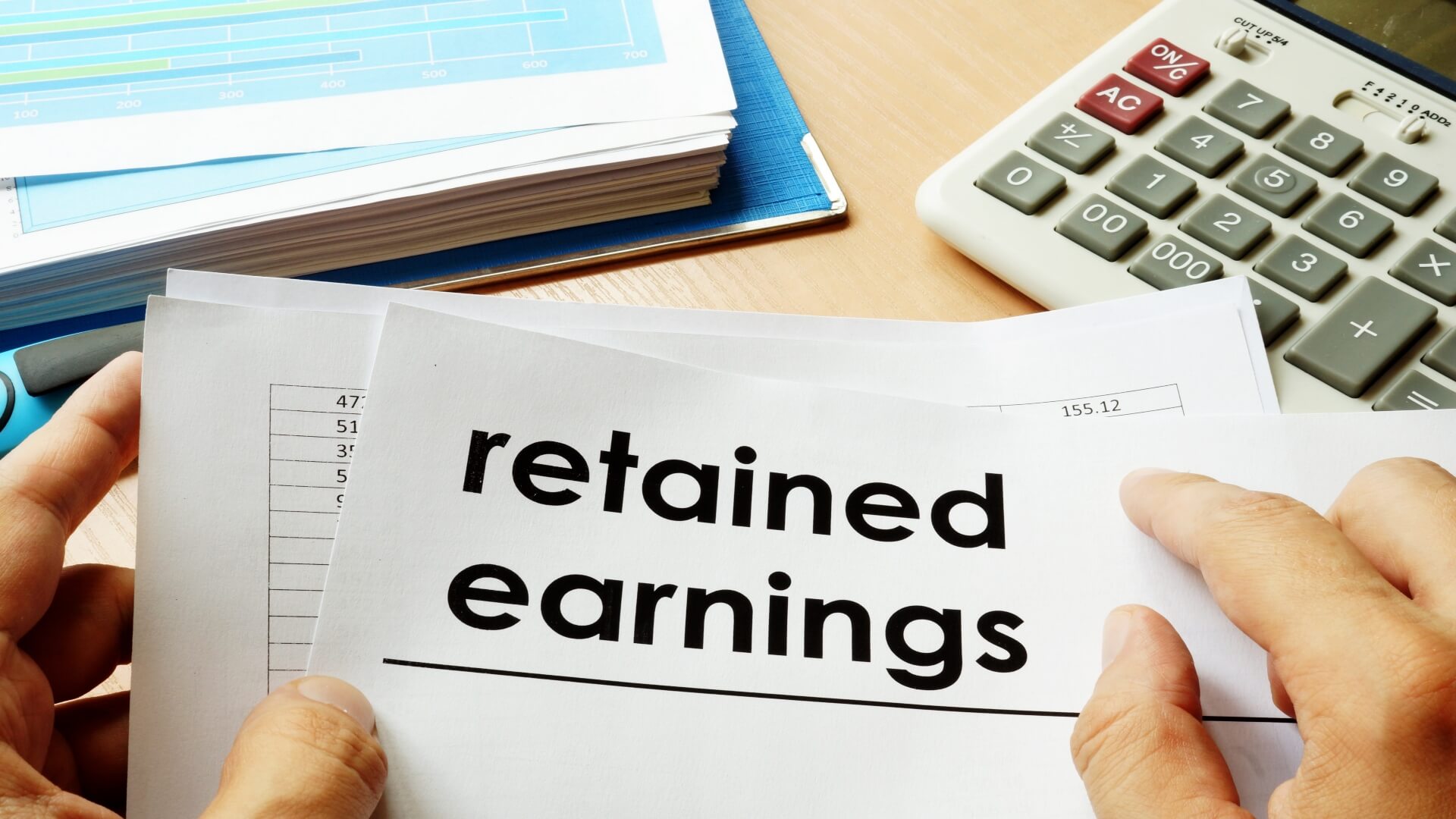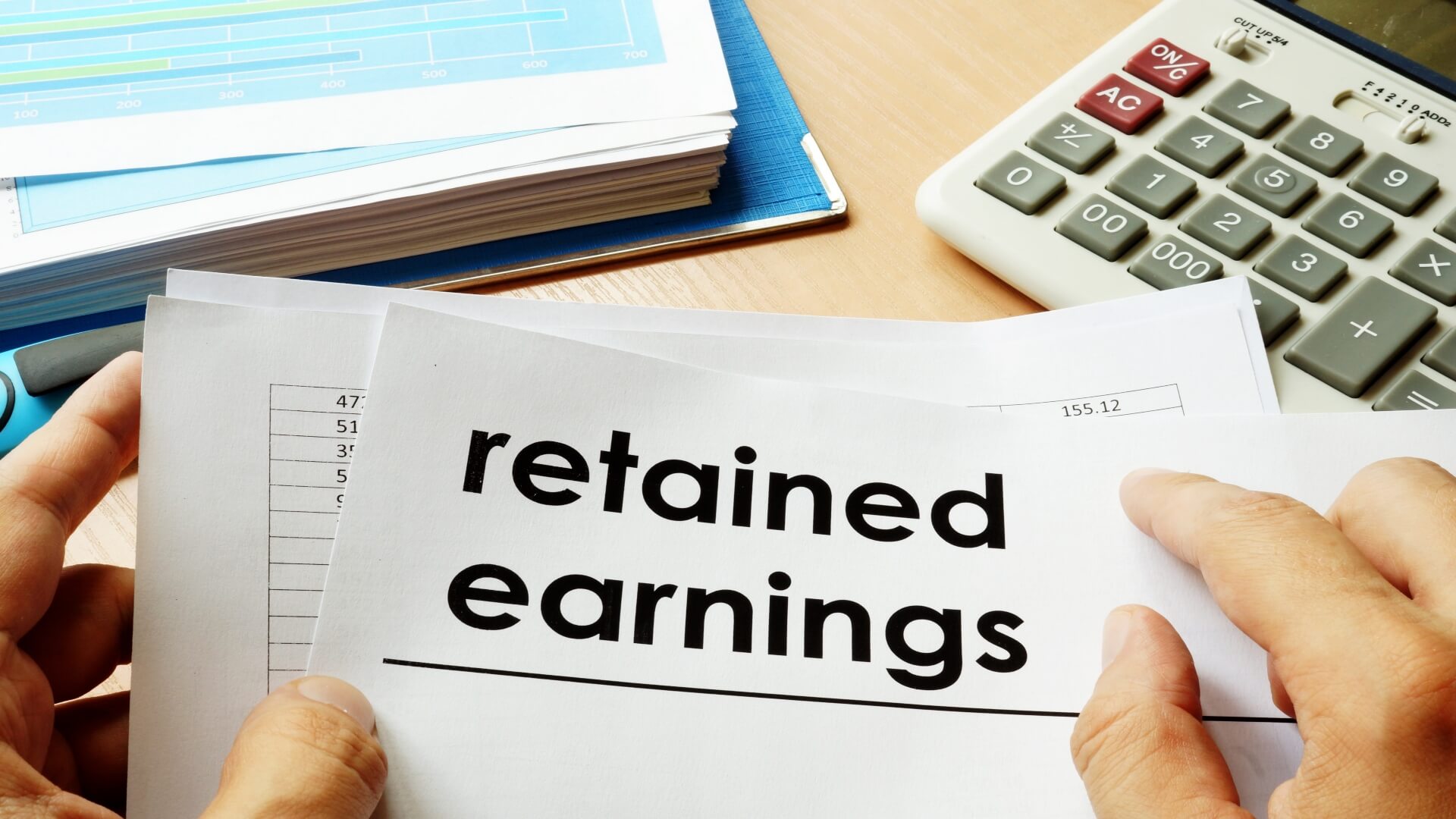Retained earnings or profits are the portions of a business revenue after the shareholder dividends are considered. Companies must plan how to use retained earnings to help their growth. But retained profits also have their benefits and disadvantages.
Below are the pros and cons that can help the business owners and shareholders make better-informed decisions about keeping the profit of their labour or not. Read on.

The Pros Of Retained Profits
1.Stock Value Increases
Companies use a formula to calculate how much earnings they get to keep after the dividends are distributed. When the business keeps a portion of its earnings, it makes the balance sheet look good and can affect the stock’s corresponding value and the stockholder equity. In addition, bigger profits are attractive to investors as it shows the business’s stability. It can influence further investments in the company by those who also wish for more dividends. Hence, the company can raise its share price because an attractive balance sheet enhances stockholder equity, allowing the opportunity for a growth cycle in the business.
2. Financial Safety Net
Any business needs to be financially stable to keep running, and when profits are retained, it adds up to a pool of its financing that maintains daily operations. Retained earnings can be used to buy stocks, pay employee wages, and pay off loans or overdrafts made previously by the company. These earnings serve as emergency funding in case of a downturn or the economy affects the business. Moreover, a company that has emergency funds can avoid taking out more loans and the cycle of debt.
3. For Diversification And Expansion
The company is free to use the money for business expansion. When your business is ready for scaling, there’s no reason to take out another loan. The retained profits can help hire more workers, buy new equipment, or initiate research and development. Additionally, the business owner and the shareholders can choose to accumulate the earnings to gather funding for future investments instead of taking their share of more significant dividends. It means that if they are currently focused on growth, they will settle on taking low dividends instead.
The Cons Of Retained Profits
1.Return Of Investment (ROI) Is Not Guaranteed
While retained profits seem like an open source of funding for making investments and for scaling your business, the reality is that it’s not always a safe option for shareholders. While it is a low-cost financing alternative and could serve as an emergency source of cash for the company, it isn’t entirely free.
There is a cost of opportunity for shareholders who settle for lower dividends instead of claiming a higher percentage of the profits. In addition, the ROI will be the basis of whether the shareholders will keep investing in a company or if they take their money somewhere else.
2. Unimpressed Stock Buyers
Investors wouldn’t want to buy stocks from a company that retains its dividends. They will need to see if the company has a steady stream of dividends, primarily if the company is known to be a profitable business. Additionally, not all shareholders are willing to withhold a claim over the profits that are rightfully theirs. Suppose the investors do not see any gains in their investments. In that case, they will likely look for other companies that generously award dividends—ones that don’t keep the profits to themselves and distribute them to all shareholders instead.

3. Possible Tax Evasion
One risky reason why companies should avoid retained earnings is that it can lead to tax evasion. Some might attempt to ease the tax burden by keeping profits. Some shareholders who don’t have an immediate need for dividends might vote against its distribution to avoid providing income tax. Once the company stock value increases through profit retention, the shareholders could decide to sell the business at a higher price or withdraw dividend distribution in the future. Moreover, a company that attempts to retain its earnings and gets caught will have to pay penalties later.
In Conclusion
Retained earnings are in the hands of the shareholders. They should decide whether they’ll take the maximum of their dividends or leave it for the business. While this has its benefits—such as serving as funding for scaling and emergency uses—retaining it has its downsides—like the ROI is not always guaranteed and it could invite tax evasion. That said, the shareholders weigh the pros and cons before they vote and rely on factors to make informed decisions.























